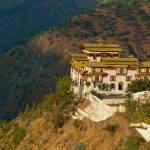Tango Monastery: Bhutan’s Spiritual Haven
There is a secret sanctuary tucked away in the majestic Himalayas, a place where time appears to stop and the grandeur of nature soothes the soul. Welcome to Tango Monastery, an oasis of peace and spirituality hidden in Bhutan’s picturesque surroundings.
Upon starting your trek to Tango Monastery, you are welcomed with stunning views of lush valleys and snow-capped mountains, a place worthy of being added to the Bhutan tour packages.
There’s a freshness to the air, and the whole area radiates a calm and serene feeling. This remote monastery provides a haven for tired souls looking for relief from the craziness of the outside world, far from the rush of modern society.
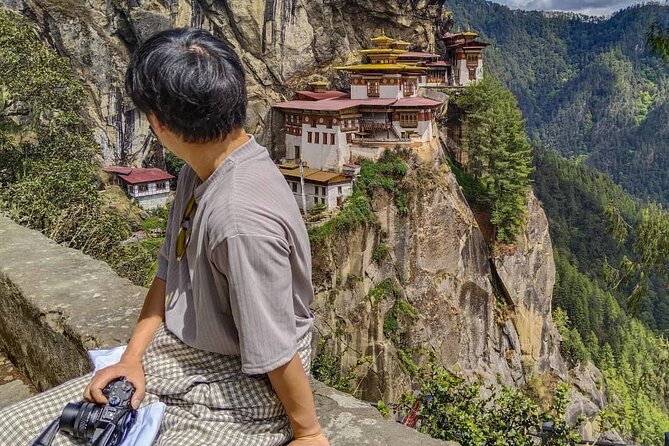
Glimpse into Bhutanese Culture
Bhutan, often known as the “Land of the Thunder Dragon,” is popular for having a rich cultural history that has its roots in traditional values and Buddhism.
Monasteries in Bhutan, Tango Monastery, which reflects the spirit of Bhutanese spirituality and architectural expertise, stands as a proud icon of this cultural identity.
Buddhism, a religion that gets into every element of daily life, is at the heart of Bhutanese culture. Monks at Tango Monastery devote their lives to pursuing enlightenment, and the monastery functions as a hub for Buddhist study and practice.
Gaining insight into the great teachings of the Buddha, visitors to the monastery get the chance to observe firsthand the rites and ceremonies that have been passed down through the generations.
Bhutan is renowned for its vibrant festivals, which are colorful occasions to honor spirituality, culture, and tradition. Throughout the year, Tango Monastery comes alive with the sounds of music, dance, and prayer as monks and locals come together to honor religious holidays and auspicious occasions.
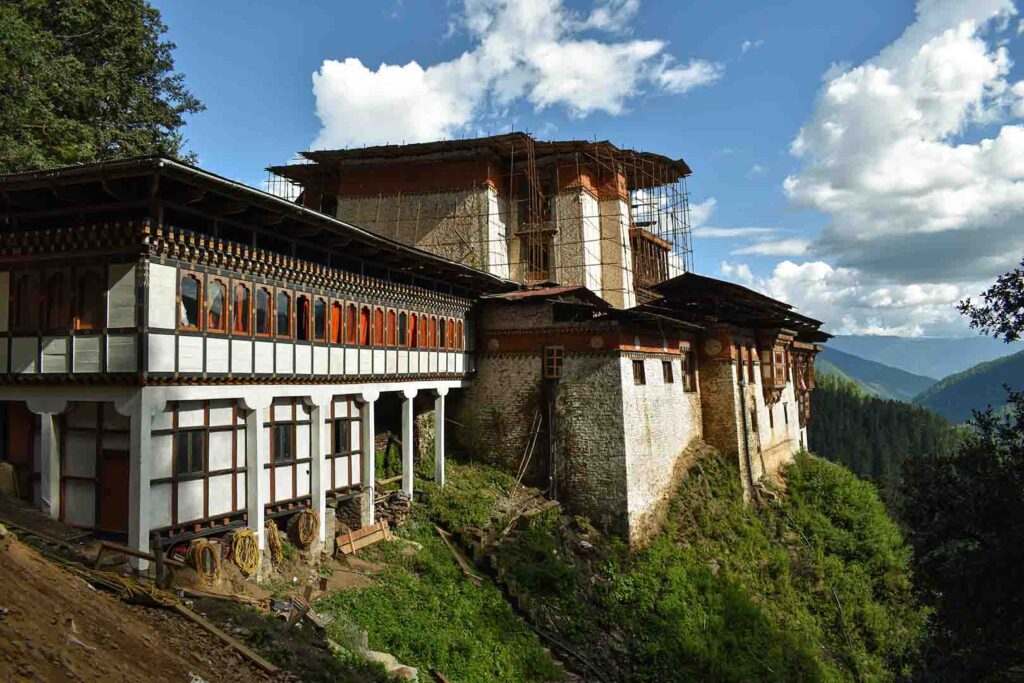
History
Tango Monastery, also known as Tango Cheri Monastery, was founded in the 13th century by Lama Gyalwa Lhanampa, a renowned Buddhist saint and scholar.
Over the centuries, the monastery has served as a center for Buddhist learning and practice, attracting scholars, monks, and devotees from across the region.
In the 17th century, the monastery was expanded and renovated under the patronage of Desi Tenzin Rabgye, a prominent Bhutanese nobleman, further solidifying its status as a respected religious institution.
Today, Tango Monastery continues to uphold its legacy as a symbol of Bhutanese spirituality, welcoming visitors from around the world to experience its timeless teachings and serene beauty.
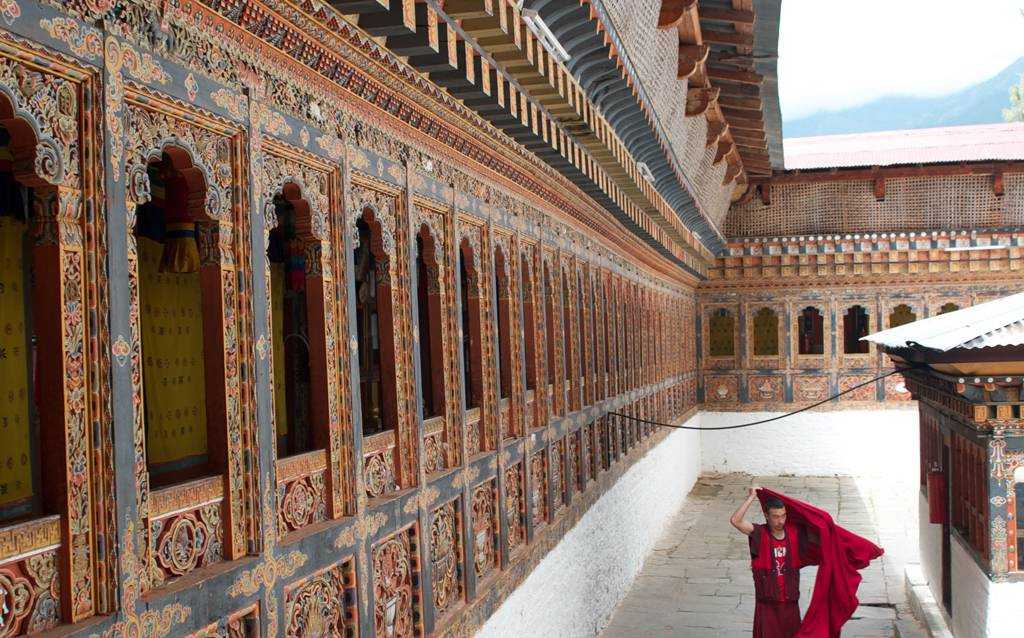
Exploring the Inner Sanctum of the Tango Monastery
Discovering the Inner Sanctum of Tango Monastery is a journey inside Bhutan’s spiritual core, where age-old customs and knowledge come together in a sacred area of great significance.
The Tango Monastery’s inner sanctum is decorated with intricate decorations that showcase the depth of Bhutanese spirituality and creative expression making it one of the most spiritual places to visit in Thimphu.
The walls are covered with beautifully created paintings that illustrate stories from mythology, Buddhist texts, and the life of the real Buddha, Siddhartha Gautama.
Monks perform annual rites and ceremonies that have been carried out for generations inside the inner sanctum. The monastery echoes the musical sounds of ancient instruments and the rhythmic chanting of Buddhist scriptures, from early morning prayers to evening chants.
For those seeking spiritual guidance or insight, Tango Monastery offers the opportunity to engage with knowledgeable monks who are dedicated to sharing the teachings of Buddhism with sincerity and compassion.
Distractions vanish and the mind calms down at this holy place, making it possible to feel deeply connected to oneself, other people, and the universe as a whole. It serves as a reminder that the only place to find true happiness and fulfillment is right here, right now.
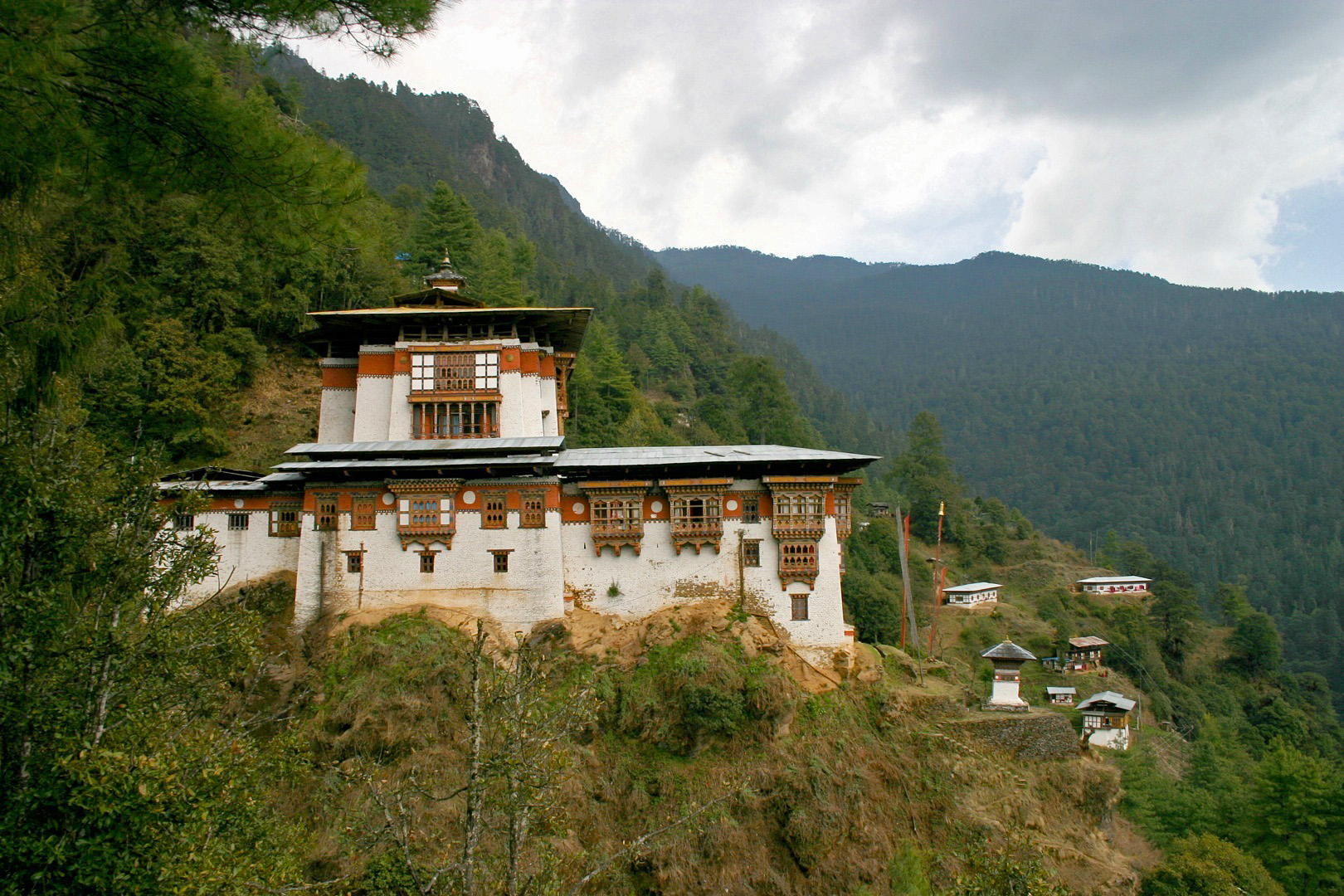
What is the Best Time to Visit Tango Monastery?
The best time to visit Tango Monastery is during the spring and autumn months, from March to May and September to November when the weather is mild, and the skies are clear.
During these seasons, visitors can enjoy comfortable temperatures and stunning views of the surrounding Himalayan landscapes.
Additionally, these months coincide with several religious festivals like the Nimalung Tshechu celebrated at the monastery, offering a unique cultural experience for travelers.
How to Reach Tango Monastery?
Tango Monastery is located approximately 14 kilometers north of Thimphu, the capital city of Bhutan. The most common way to reach the monastery is by road, either by hiring a taxi or taking a public bus from Thimphu.
The journey takes about 45 minutes to an hour, passing through picturesque countryside and winding mountain roads.
Alternatively, adventurous travelers may choose to hike to Tango Monastery from nearby villages, enjoying the scenic beauty of the Bhutanese countryside along the way.
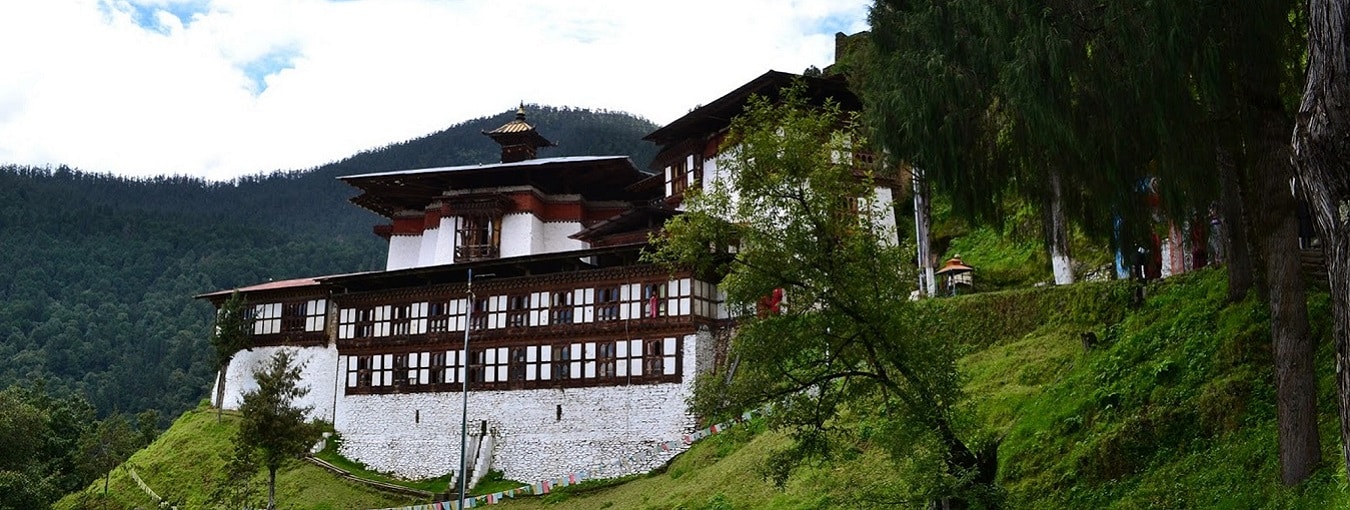
Things to See in Tango Monastery
Main Temple: The main temple of Tango Monastery is the focal point of the complex, housing sacred relics, statues, and elaborate altars dedicated to Buddhist deities.
Inner Courtyard: The monastery’s inner courtyard is a serene space where visitors can soak in the atmosphere of spiritual contemplation and observe monks engaged in daily rituals and prayers.
Paintings and Sculptures: Intricately painted sculptures adorn the walls of the Tango Monastery, depicting scenes from Buddhist mythology, the life of the Buddha, and other religious teachings.
Druk Drakha Goemba: Situated nearby, Druk Drakha Goemba is another monastery worth visiting, known for its stunning location perched atop a cliff overlooking the Thimphu Valley.
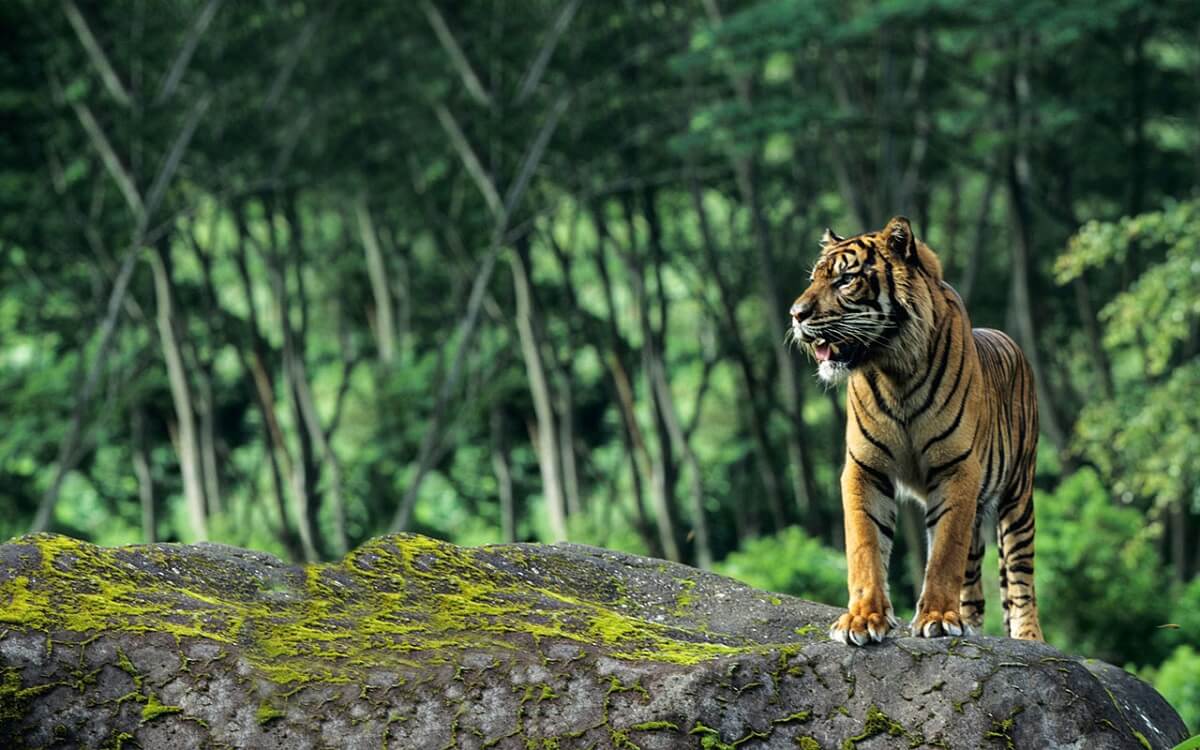
What are the Places to Visit Near Tango Monastery?
Cheri Monastery:
Located a short distance from Tango Monastery, Cheri Monastery is one of the oldest monastic institutions in Bhutan, offering breathtaking views of the surrounding mountains and valleys.
Thimphu:
As the capital city of Bhutan, Thimphu is a bustling hub of cultural, historical, and architectural attractions, including the Tashichho Dzong, National Memorial Chorten, and Folk Heritage Museum.
Tango Wildlife Sanctuary:
Nature enthusiasts can explore the nearby Tango Wildlife Sanctuary, home to a diverse range of flora and fauna, including Himalayan black bears, red pandas, and various species of birds.
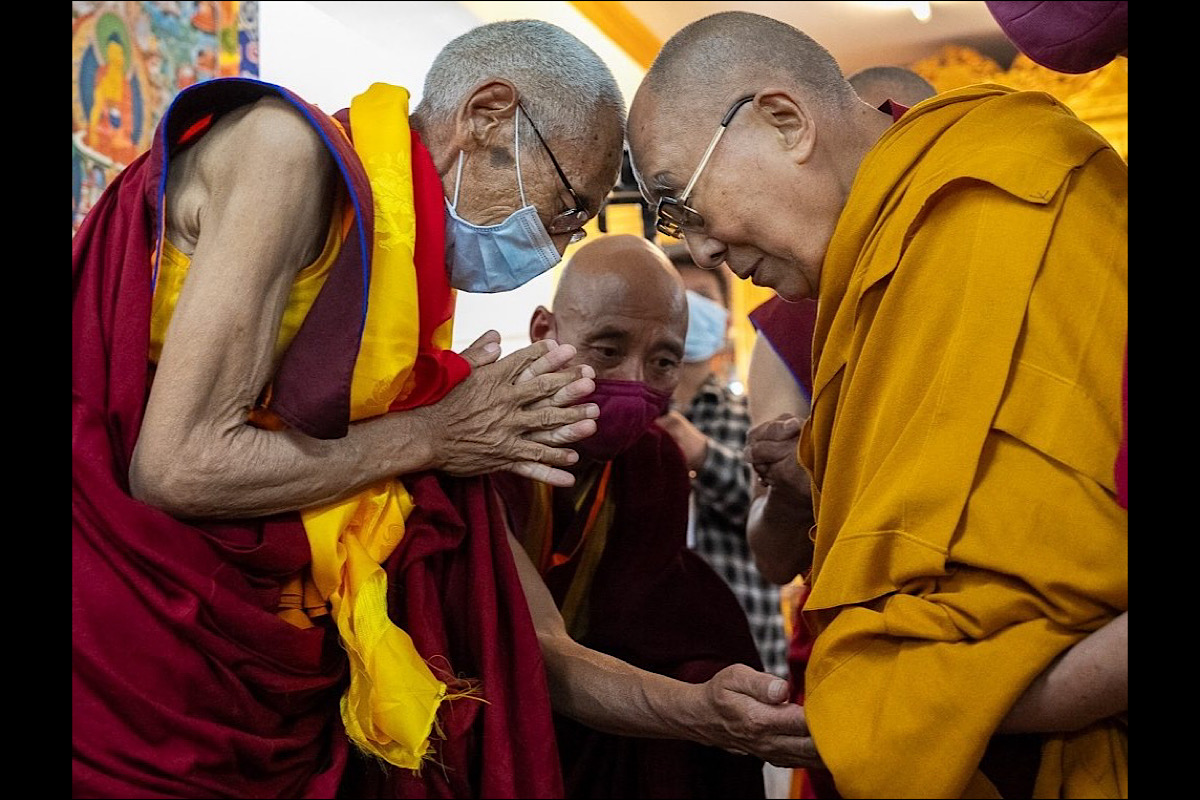
What are the various Rituals practiced at the Tango Monastery?
At Tango Monastery, rituals play a central role in daily life, providing a framework for spiritual practice and fostering a deep sense of connection to the divine.
Morning Prayers
In Tango Monastery, the day usually starts with the reciting of morning prayers, called “Lhakhang Drubchen.” Monks gather in the prayer hall or main temple to recite mantras and holy scriptures to invoke good fortune and blessings for the next day.
Offerings and Offertory Practices
Monks participate in a variety of offertory rituals after morning prayers, bringing symbolic gifts to the Three Jewels—the Buddha, the Dharma (teachings), and the Sangha (spiritual community)—such as light, water, flowers, and incense.
These offerings show the follower’s dedication to the enlightenment path and are acts of devotion, gratitude, and cleansing.
Meditation Sessions
Tango Monastery monks practice regular meditation sessions, or ‘gompa‘, throughout the day. During these sessions, they focus on their breathing, their bodies, or sacred items like statues or mandalas to develop mindfulness and concentration.
Puja ceremonies and ritual offerings
Tango Monastery holds elaborate ceremonial sacrifices and puja ceremonies on various days throughout the year to honor Buddhist deities, celebrate auspicious occasions, and ask for blessings for the well-being of every living creature.
These rituals are thought to drive out negativity and cleanse the atmosphere, and they frequently include complex dances called “cham,” prayers, chanting, and rites.
Mahakala Rituals
One of the unique aspects of Tango Monastery’s ritual practices is its devotion to Mahakala, a furious deity linked to protection, wisdom, and the removal of obstacles from the spiritual path.
At Tango Monastery, monks engage in unique ceremonies devoted to Mahakala, calling upon his ferocious force to conquer both internal and external challenges and to develop bravery and fearlessness in their search for enlightenment.
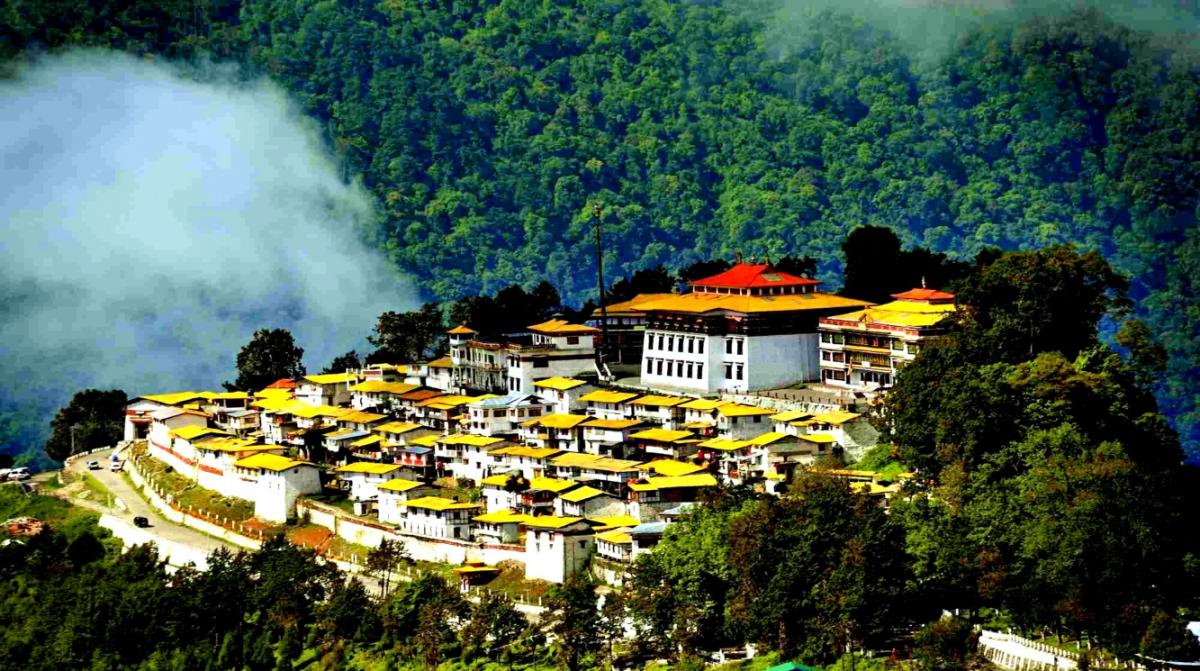
Modern Challenges and Opportunities
Tango Monastery finds itself striking a careful balance between maintaining its rich history and adjusting to the quickly changing world around it in the face of modern opportunities and challenges.
The monastery struggles with several financial, cultural, and environmental issues that will affect its future course as Bhutan continues to modernize and become more globally connected.
Demographic Changes
One of the significant challenges facing Tango Monastery is demographic shifts within the monastic community.
As Bhutan experiences demographic changes, including urbanization, migration, and changing social norms, the number of young men entering monastic life has declined.
This trend poses a challenge to the monastery’s sustainability and raises questions about the continuity of traditional monastic education and practices.
Technological Advancements
Technological advancements present both opportunities and challenges for Tango Monastery. Although modern technology presents opportunities for improving outreach, education, and communication, it also creates worries about secular influences and distractions invading the monastic community.
Environmental Conservation
Amidst rapid urbanization and industrialization, environmental conservation emerges as a pressing concern for Tango Monastery.
As stewards of the natural environment, monks recognize the importance of sustainable practices, waste management, and ecosystem preservation.
Initiatives such as reforestation, water conservation, and renewable energy adoption are essential to safeguarding the pristine beauty of the surrounding Himalayan landscapes for future generations.
What are the tips to keep in mind while visiting Tango Monastery?
When visiting Tango Monastery in Bhutan, keeping a few key tips in mind can enhance your experience and ensure that you make the most of your time at this sacred site:
- Wear clothing that covers your shoulders, chest, and knees out of respect for the monastery’s religious significance.
- Before entering any temple or prayer hall, remove your shoes as a sign of reverence and cleanliness.
- Ask for permission before taking photographs, especially inside the monastery, and refrain from using flash to avoid disrupting religious rituals.
- Keep noise to a minimum and avoid disruptive behavior to preserve the tranquil atmosphere of the monastery.
- Refrain from talking loudly or engaging in unnecessary chatter, particularly during prayers or meditation sessions.
- If you wish to engage with monks or residents of the monastery, approach them respectfully and ask for permission before initiating conversation.
- Understand that Bhutanese culture may differ from your own, and be open to learning about and appreciating these differences with curiosity and respect.
- Dispose of waste responsibly, follow designated trails, and avoid disturbing wildlife or natural habitats to minimize your impact on the fragile Himalayan ecosystem.
- Purchase souvenirs or handicrafts from local artisans and vendors to contribute to the local economy and support sustainable livelihoods in the region.
Also read: Travel tips for Bhutan
Locations like Tango Monastery are rays of hope and peace in a world where everything seems to be consumed by chaos and uncertainty. This place is a soul retreat where the spirit finds comfort and the mind finds tranquillity, surrounded by towering peaks and whispering winds.
Thus, Tango Monastery in the center of Bhutan is the only place to go if you’re looking for spiritual enlightenment and inner peace.
What is Tango Monastery and where is it located?
Tango Monastery, also known as Tango Cheri Monastery, is a sacred Buddhist site located in the Thimphu District of Bhutan. It is nestled amidst the pristine landscapes of the Himalayas, approximately 14 kilometers north of Bhutan’s capital city, Thimphu.
How do I reach Tango Monastery from Thimphu?
To reach Tango Monastery from Thimphu, you can take a taxi or hire a private vehicle for a scenic drive of approximately 45 minutes to an hour.
What can visitors expect to see and do at Tango Monastery?
Visitors to Tango Monastery can expect to see intricate Buddhist artwork, engage in meditation sessions, and witness daily rituals performed by monks, immersing themselves in the serene atmosphere and spiritual practices of this sacred site in Bhutan.
Is there an entrance fee to visit Tango Monastery?
No, there’s no mandatory entrance fee to visit Tango Monastery. However, donations are welcome to support the upkeep and the monks.




